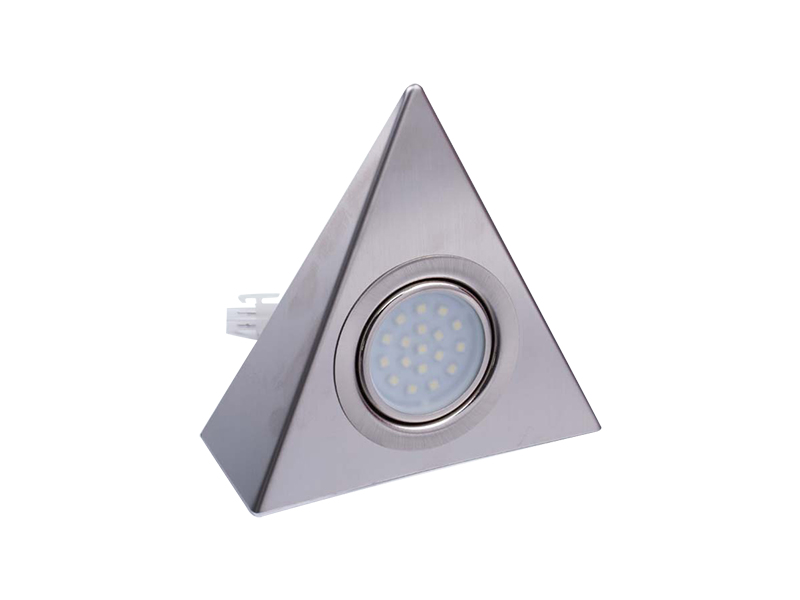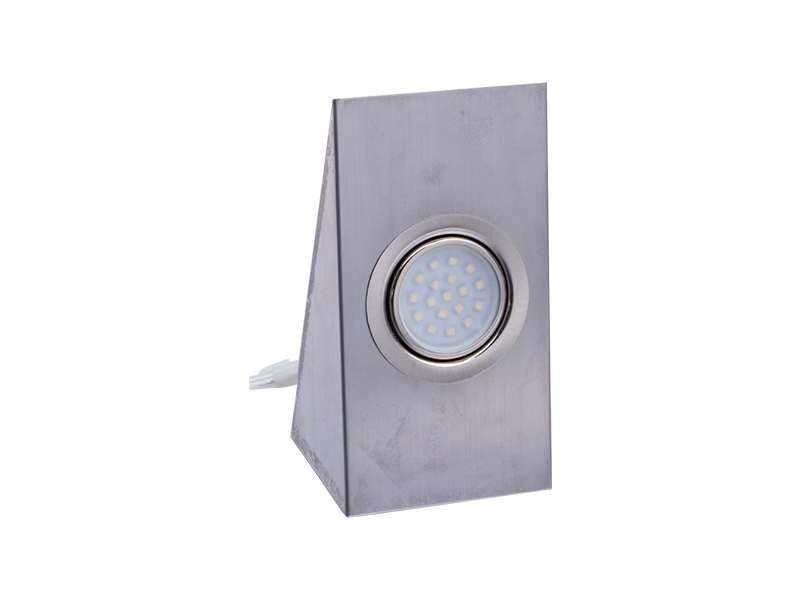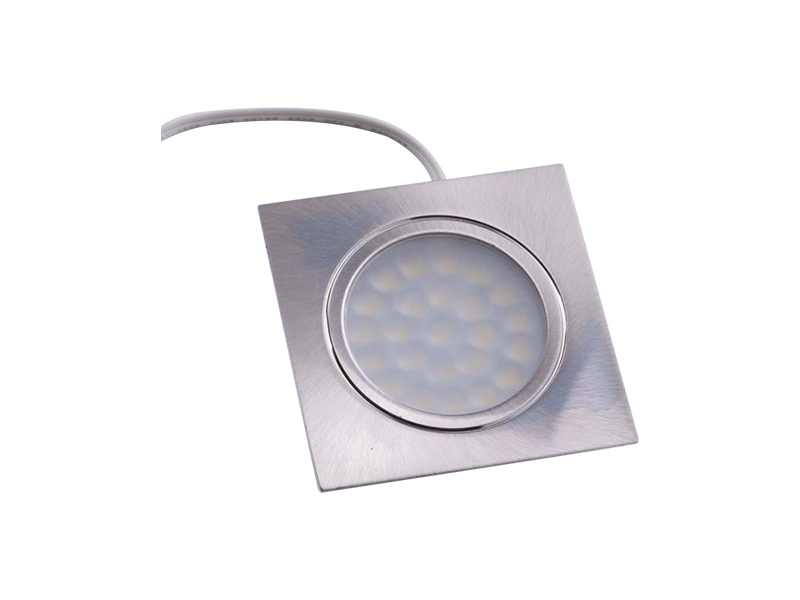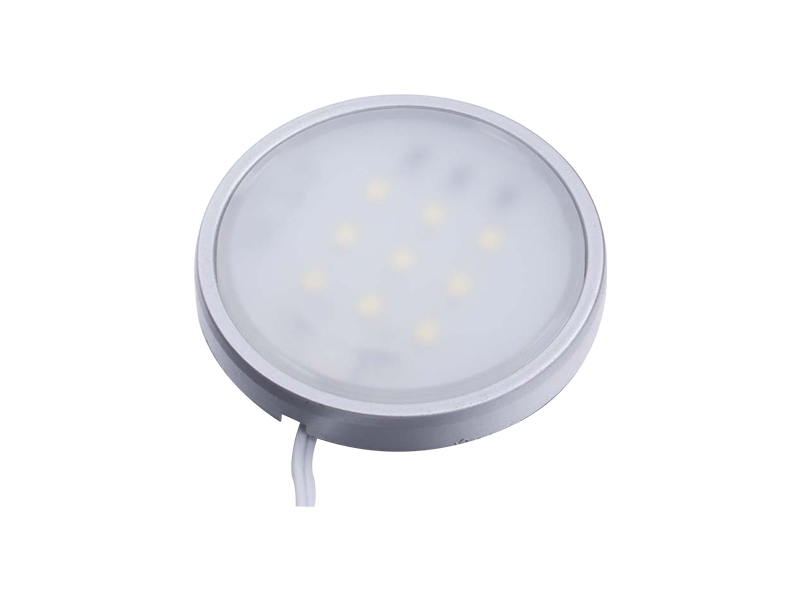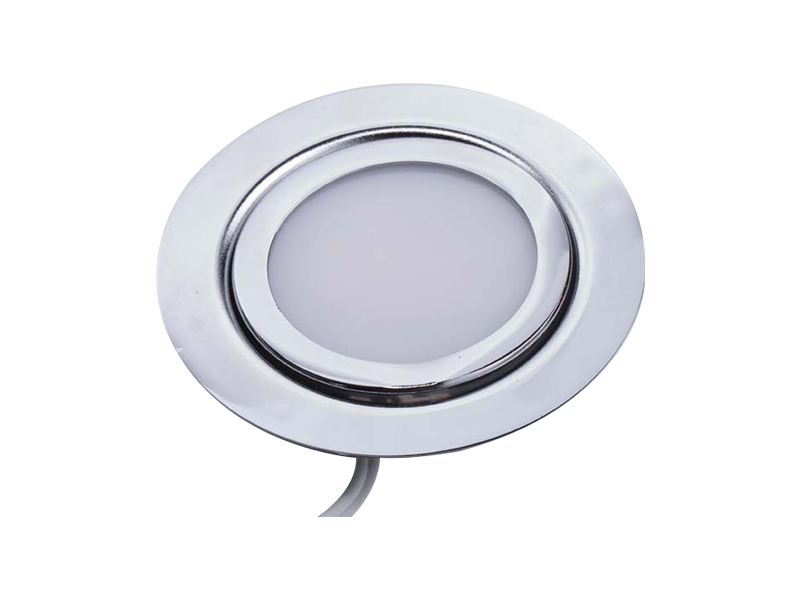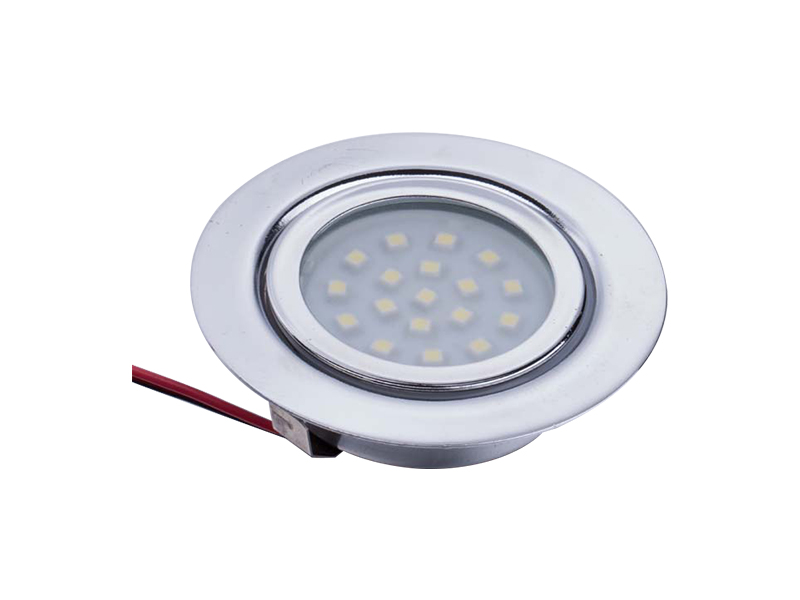-

E-mail:[email protected]
-

Telphone:+86-574-88073028
-

FAX:+86-574-88073029
QR code on
mobile phone
Welcome to Eastkey!
Welcome to Dongke!
LED cabinet lights have become an essential component of modern interior design, providing both functional illumination and aesthetic enhancement. These lights are commonly installed under kitchen cabinets, inside display units, or along storage areas to improve visibility and create a refined atmosphere. Dimming technology plays a significant role in enhancing the usability and versatility of LED cabinet lights. By allowing users to adjust brightness levels according to specific tasks or mood settings, dimming transforms static lighting into a dynamic system that adapts to different requirements throughout the day. Understanding how dimming affects LED cabinet lighting performance helps explain why it has become an important feature in both residential and commercial applications.
Dimming refers to the process of controlling the brightness of a light source by adjusting its electrical current or voltage. In LED cabinet lights, dimming is typically achieved through pulse-width modulation (PWM) or constant current reduction (CCR). PWM works by rapidly turning the light on and off at different intervals, which reduces perceived brightness without affecting color quality. CCR, on the other hand, adjusts the current flowing through the LEDs to lower intensity. Both methods allow smooth brightness transitions and can be integrated with manual dimmers, remote controls, or smart home systems. The inclusion of dimming functions gives users precise control over their lighting environment.
One of the primary benefits of dimming LED cabinet lights is the improvement of visual comfort. Bright lighting may be ideal for performing detailed tasks such as chopping vegetables or reading labels, but excessive brightness can cause eye fatigue or glare, especially in reflective surfaces like countertops. Dimming allows the user to adjust brightness to a level that minimizes strain and enhances comfort. Lower light levels also create a softer ambiance suitable for relaxing or entertaining, helping transition from task-oriented illumination to atmospheric lighting. The ability to customize brightness ensures that lighting remains appropriate for various situations throughout the day.
Dimming LED cabinet lights also contributes to energy efficiency. When the brightness is reduced, the LED consumes less power, leading to energy savings over time. Unlike traditional incandescent bulbs, which waste energy as heat even when dimmed, LED systems efficiently translate electrical energy into light. This means that lowering the brightness not only reduces electricity consumption but also extends the lifespan of the lighting system. Users can therefore benefit from both lower utility costs and reduced maintenance frequency, making dimming a practical choice for sustainable lighting design.
Cabinet areas often serve multiple purposes, requiring various lighting levels for different activities. During food preparation, bright light ensures accuracy and safety. However, when serving meals or showcasing decorative items, softer illumination may be preferable. Dimming provides flexibility to switch between these lighting modes seamlessly. For example, LED cabinet lights in a kitchen can operate at full brightness for cooking and at reduced brightness for evening relaxation. This adaptability enhances functionality and creates a versatile lighting environment that suits different user needs without requiring multiple lighting fixtures.
Beyond functional lighting, dimming transforms LED cabinet lights into an effective tool for creating ambiance. Subtle lighting at lower levels emphasizes textures, materials, and shapes within a room, contributing to the overall aesthetic appeal. In display cabinets or shelving units, dimmed lighting draws attention to specific objects without overpowering the surrounding area. This feature is particularly valuable in retail, hospitality, and residential spaces where mood and atmosphere are important design considerations. By integrating dimming controls, users can easily shift from bright, practical lighting to a warm, inviting glow.
Cabinets often have glossy surfaces such as glass, marble, or polished metal that can reflect light intensely. High-intensity illumination may produce distracting reflections or glare, reducing visibility and comfort. Dimming LED cabinet lights helps mitigate this issue by softening the light output and minimizing reflective glare. The result is a more balanced illumination that enhances both visual clarity and aesthetic appeal. This characteristic makes dimming particularly beneficial in modern kitchens, offices, and retail displays, where sleek finishes are common.
Dimming directly influences the longevity of LED cabinet lights. When brightness levels are lowered, the LED operates under reduced electrical load and temperature, decreasing thermal stress on the components. Over time, this leads to slower degradation of the LED chip and driver circuits. As a result, users experience consistent light quality and extended product life. Although LEDs already have long operational lifespans compared to traditional bulbs, dimming optimizes performance further by reducing wear during periods when full brightness is unnecessary.
Modern LED cabinet lighting often integrates with smart home technologies that allow remote or automated dimming control. Users can adjust brightness through mobile apps, voice commands, or motion sensors. Smart dimming systems also enable scene programming, where specific lighting levels are preset for different times or activities. For instance, a morning mode may provide higher brightness for cooking, while an evening mode automatically reduces intensity for a calm atmosphere. Such integration enhances convenience and aligns with current trends in energy management and intelligent building design.
While brightness adjustment is the primary function of dimming, it also interacts with color temperature perception. At lower brightness levels, some LED lights may appear warmer, creating a cozy atmosphere. This shift is often intentional, as many LED cabinet lights are designed with "warm dimming" or "tunable white" technology to simulate the behavior of traditional lighting. This effect allows users to achieve both functional brightness and pleasant visual tone from a single lighting system. The ability to blend brightness and color temperature adds another layer of customization to LED cabinet illumination.
The table below outlines key differences between dimmable and non-dimmable LED cabinet lights in terms of functionality, performance, and user experience.
| Feature | Dimmable LED Cabinet Light | Non-Dimmable LED Cabinet Light |
|---|---|---|
| Brightness Control | Adjustable via dimmer switch or smart control | Fixed brightness level |
| Energy Efficiency | Improved at lower brightness | Constant power usage |
| Visual Comfort | Customizable to user preference | May cause glare or eye strain |
| Aesthetic Versatility | Suitable for both task and mood lighting | Limited to one lighting style |
| Product Lifespan | Extended due to reduced thermal load | Constant wear on LEDs |
| Smart System Integration | Compatible with automation and sensors | Basic on/off control only |
Dimming enhances the user experience by providing greater interaction and personalization. Users can set the lighting to match their activities, time of day, or emotional state, resulting in an environment that feels both comfortable and responsive. In interior design, this flexibility allows lighting to complement furniture, wall colors, and textures effectively. Designers often use dimmable cabinet lights to highlight certain features or balance light distribution within a room. This interplay between light intensity and space design demonstrates the importance of dimming not just as a technical feature, but as an integral part of creating cohesive interior aesthetics.
Although dimming technology adds slightly to initial installation costs, it contributes to long-term savings through energy reduction and extended component life. For example, operating LED cabinet lights at 50% brightness can cut energy consumption nearly in half, depending on driver efficiency. This effect accumulates over time, lowering electricity bills and reducing overall energy demand. Furthermore, less heat generation from dimmed LEDs means reduced strain on air conditioning systems, offering additional indirect savings. For both homeowners and businesses, dimming thus represents a cost-effective investment in efficient lighting design.
In commercial environments such as retail stores and restaurants, dimming LED cabinet lights allows managers to adapt lighting levels according to time, customer flow, or thematic settings. During daytime, higher brightness enhances product visibility, while in the evening, lower levels create a calm ambiance. Similarly, in residential settings, users can employ dimming to transition from functional daylight illumination to cozy evening lighting. This adaptability makes dimming a valuable design feature that bridges practicality and aesthetic intention across different environments.
Various dimming methods are available for LED cabinet lights, each with its characteristics and compatibility requirements. The table below summarizes three common dimming techniques used in LED systems.
| Dimming Method | Principle | Advantages | Considerations |
|---|---|---|---|
| PWM (Pulse Width Modulation) | Rapid on-off cycling to reduce brightness | Maintains color accuracy and efficiency | May cause flicker if not properly configured |
| CCR (Constant Current Reduction) | Reduces current to dim LEDs | Simple and stable operation | Possible slight color shift at low levels |
| Smart Dimming (Digital Control) | Wireless or app-based brightness control | Flexible and programmable | Requires compatible smart driver or controller |
top
E-mail:[email protected]
Telphone:+86-574-88073028
FAX:+86-574-88073029
